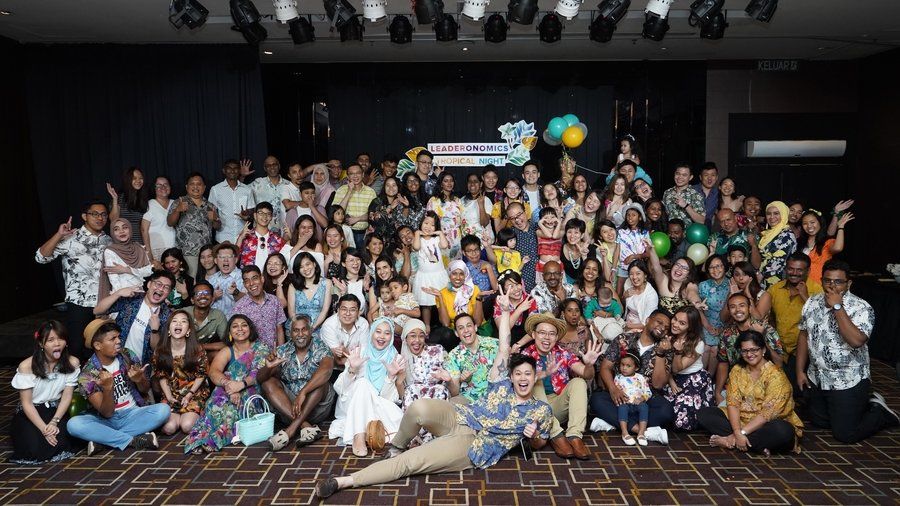Why 25-minute Meetings are the Key to Increased Organisational Productivity

A 2017 Harvard survey of 182 senior managers in a range of industries found that 33 per cent of meetings are actually useful or purposeful. In addition, 71 per cent of managers said meetings are unproductive and inefficient, and 62 per cent they miss opportunities to bring teams closer together.
According to GlassDoor, a company that provides average salary information across a range of roles and industries, the average salary of a manager is $110 000. They say there are approximately 75 people at this level in a number of large organisations, and they spend between 35 per cent and 50 per cent of their time in meetings. This can equate to a loss of $5775 per week due to time spent in wasteful meetings.
In addition, a 2014 Bain & Company study of time budgeting at large corporations found that a single weekly meeting of midlevel managers was costing one organisation $15 million a year. It is such a big problem that Harvard Business Review has even developed a Meeting Cost Calculator app to help organisations figure out exactly how much meetings drain the bottom line.
This level of spending in any other context would be tightly controlled by the finance team. Yet, someone as junior, as a current intern can be responsible for setting up and running a weekly team meeting that consistently and constantly brings down teams, and the whole organisation, without any regulation.
In most organisations, an employee’s success (or failure) is measured against key performance indicators (KPIs). There are no KPIs for ‘attending ineffective meetings’, yet there is an expectation that people will do just that, on top of getting their task-driven KPIs done.
This requirement to attend poorly executed meetings while also managing to get stuff done is what drives down employee engagement scores and drives up feelings of discouragement.
READ: How To Build Winning Teams
The issue is that most managers run meetings according to their default calendar app, which is automatically set to 60 minutes. Waiting for latecomers, going off track, having an unclear agenda, watching mobile phones and wasting time fixing tech all contribute to wasted time in those meetings of that length. Yet doing work in short, focused bursts has long been supported as a way of efficiently using time and energy. Parkinson’s Law explains that ‘work expands so as to fill the time available for its completion’. Hence, when you give people time to get stuff done, they will use whatever time you allow them.
That is what happens when managers default to 60-minute meetings, where in fact, they could get the same amount of work done in half that time. As far back as 1911, Frederick Taylor Winslow, one of the very first management consultants, made the connection between productivity, effort, and rest or breaks. He found that people who gave a focused amount of effort for 25 minutes and then spent the next 35 minutes resting, increased productivity by 600 per cent.
Francesco Cirillo’s book The Pomodoro Technique centres around short bursts of work for 25 minutes at a time, followed by a short 5-minute break. This choice of 25 minutes was not arbitrary and was based on several different trials, experiments and iterations. When managers concentrate their efforts in shorter, controlled periods of time, they achieve more.
A 2002 study published in the Journal of the Association for Psychological Science showed that people who imposed strict deadlines on themselves for tasks performed far better (and more consistently) than those who didn’t. More interestingly, they found that those who allotted too much (or ample) time to complete tasks often created more work for themselves.
When managers trim their meetings back to 25 minutes, they will find that the wasted time spent on tech issues and pointless chit-chat will be eradicated, too.
Check out this great video on productivity by Asia's Productivity Guru
Business
Tags: Systems & Structures





